I. Introduction
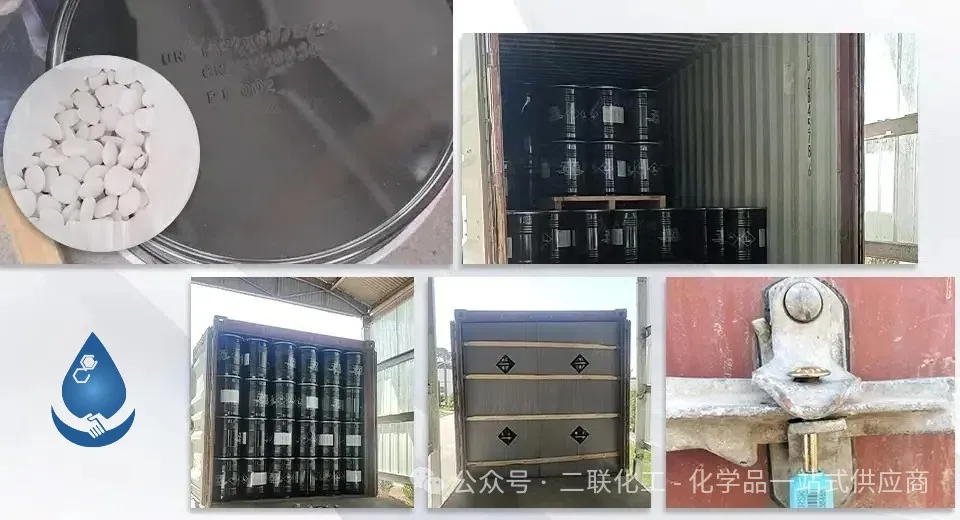
Cyanide sodium, as an inorganic compound with the chemical formula NaCN, is widely used in various industries. It is a white, water-soluble solid composed of sodium ions (Na+) and cyanide ions (CN-). Despite its high toxicity, it plays a crucial role in many industrial processes, such as metal extraction, electroplating, organic synthesis, and ore leaching. For instance, in the Mining Industry, it is the preferred chemical for gold and silver extraction due to its high reactivity with metals. In electroplating, it helps improve the corrosion resistance and appearance of metal parts. In organic synthesis, it serves as an important intermediate for the production of drugs, pesticides, and other chemicals.
However, due to its toxicity, ensuring a safe Supply Chain is of utmost importance. Any mishandling or improper disposal can lead to severe environmental and health risks. Therefore, establishing a low-cost and safe supply chain for cyanide sodium is not only beneficial for businesses in terms of cost control but also essential for the well-being of society and the environment. This article will explore the key aspects of achieving such a supply chain.
II. Understanding Sodium Cyanide
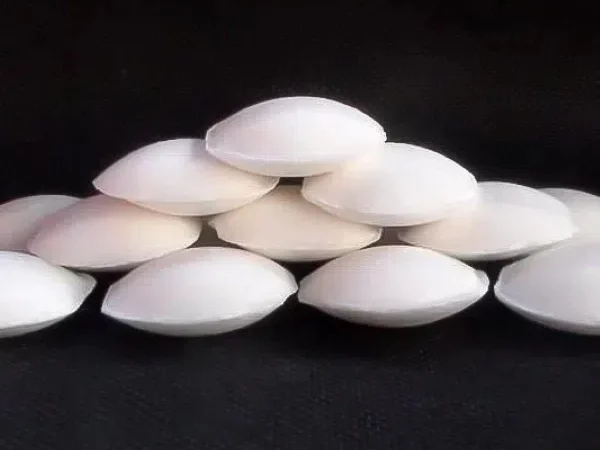
A. Chemical Properties
Sodium cyanide, with the chemical formula NaCN, is a white crystalline solid. It is a salt composed of sodium cations (Na+) and cyanide anions (CN-). One of its notable characteristics is its high solubility in water, which allows it to form aqueous solutions easily. For example, at room temperature, a significant amount of Sodium Cyanide can dissolve in water, facilitating its use in various chemical reactions. In addition, it has a relatively high melting point, around 564 °C, indicating its stability under normal temperature conditions. However, it is extremely reactive with acids. When combined with even weak acids, it rapidly produces highly toxic hydrogen cyanide gas. This reactivity necessitates careful handling and storage to prevent accidental acid exposure.
B. Industrial Applications
In the metallurgical and mining industries, sodium cyanide is a key reagent for gold and silver extraction. The cyanide ions in Sodium cyanide form stable complexes with gold and silver ions, allowing these precious metals to be separated from ores. For instance, in the process of heap leaching, ore is piled up and sprayed with a sodium cyanide solution. Over time, the gold and silver dissolve into the solution, which can then be further processed to recover the metals. This method has been widely adopted due to its efficiency and relatively low cost.
In the chemical industry, it serves as a crucial intermediate for the production of a wide range of chemicals. It is used in the synthesis of pharmaceuticals, pesticides, and dyes. For example, some common drugs and food additives, such as certain antibiotics and vitamins, are synthesized using sodium cyanide as a starting material. In the production of dyes, it helps create vibrant and stable colors.
In electroplating, sodium cyanide is added to plating baths to improve the quality of metal coatings. It helps in achieving a more uniform and adherent plating layer on metal substrates. This is especially important in industries where corrosion resistance and aesthetic appearance of metal parts are crucial, such as in the automotive and jewelry industries. By controlling the concentration of sodium cyanide in the plating solution, electroplaters can optimize the plating process to meet specific requirements.
III. Key Factors in Cost Reduction
A. Economies of Scale in Production
Large-scale producers often have a significant advantage in cost reduction. For example, companies with extensive production facilities can spread their fixed costs, such as equipment investment, plant maintenance, and administrative expenses, over a larger volume of output. A leading global cyanide sodium manufacturer may operate multiple production lines in different regions. By centralizing procurement of raw materials, they can negotiate better prices with suppliers. Additionally, their large production volume allows for continuous operation of the production process, minimizing downtime and further reducing unit costs. For instance, they can produce thousands of tons of cyanide sodium per month, while smaller producers may only manage a few hundred tons. This disparity in scale leads to a notable difference in cost per unit, with the large producer enjoying a cost advantage of up to 20% or more in some cases.
B. Efficient Raw Material Sourcing
The quality and cost of raw materials play a crucial role in the overall cost of cyanide sodium production. Producers that have established long-term partnerships with reliable suppliers can secure high-quality raw materials at favorable prices. For example, some companies source their sodium hydroxide and hydrogen cyanide, the key raw materials for cyanide sodium production, from suppliers with a reputation for consistent quality. By doing so, they can reduce the risk of production disruptions caused by substandard materials. Moreover, strategic sourcing can involve exploring alternative suppliers in different regions to take advantage of price differentials. For instance, a producer may find that importing a particular raw material from a region with abundant resources can result in a cost savings of 10-15% compared to local sourcing. This requires careful evaluation of transportation costs, trade regulations, and supplier reliability.
C. Optimized Production Processes
Continuous improvement in production processes is essential for cost reduction. New technologies and process optimizations can lead to significant savings. For example, the adoption of advanced reaction control systems can improve the conversion rate of raw materials into cyanide sodium, reducing waste and increasing yield. Some producers have implemented automated dosing and mixing systems, which not only enhance the precision of the production process but also save labor costs. In addition, process optimization can involve energy-efficient measures. By upgrading their heating and cooling systems, producers can reduce energy consumption by 15-20%. This not only lowers production costs but also aligns with environmental sustainability goals. Overall, these improvements in production processes can contribute to a substantial reduction in the cost of cyanide sodium production.
IV. Ensuring Safety in the Supply Chain
A. Stringent Transportation Regulations
Transporting sodium cyanide demands strict adherence to a multitude of regulations. Firstly, only carriers with specialized hazardous materials transport permits are eligible to handle its shipment. These carriers must possess well-trained drivers and dedicated vehicles equipped with advanced safety features. For example, the vehicles should have spill containment systems, emergency shut-off valves, and ventilation equipment to prevent the accumulation of toxic gases.
The packaging of sodium cyanide is also of utmost importance. It must comply with international standards, typically using high-strength, sealed containers that can withstand impact and prevent leakage. For instance, Solid Sodium Cyanide is often packaged in thick plastic-lined drums or metal containers, with proper labeling indicating its hazardous nature, handling instructions, and emergency contact information.
Route planning is another crucial aspect. Authorities usually restrict the transportation of sodium cyanide through densely populated areas, near water sources, or in environmentally sensitive regions. This minimizes the potential impact in case of an accident. Real-time tracking systems are also employed to monitor the movement of shipments, enabling prompt response in case of any deviations or emergencies.
B. Secure Storage Solutions
Storage facilities for sodium cyanide must meet stringent requirements. Specialized warehouses with reinforced walls, floors, and roofs are essential to prevent accidental spills and protect against external impacts. For example, the walls may be made of concrete with a thickness of at least 30 centimeters, and the floors should be sealed and sloped to direct any potential leaks to a containment area.
Advanced security systems, including 24/7 surveillance cameras, intrusion detection alarms, and access control, are installed to safeguard the stored materials. Only authorized personnel with proper training and clearance are allowed entry. In addition, fire prevention and suppression systems, such as automatic sprinklers, fire extinguishers, and smoke detectors, are strategically placed throughout the facility.
Emergency response plans are a critical component of storage safety. These plans detail the procedures to be followed in case of a leak, fire, or other incidents. They include evacuation routes, the use of personal protective equipment (PPE), and the steps for containing and cleaning up spills. Regular drills are conducted to ensure that all staff are familiar with the procedures and can respond effectively in a crisis.
C. Responsible Usage and Disposal
During the usage of sodium cyanide, strict safety protocols must be enforced. Workers handling the chemical are required to wear comprehensive personal protective equipment, including gas masks, chemical-resistant gloves, and protective clothing. This equipment provides a crucial barrier against accidental exposure.
Training programs for employees are essential to ensure they understand the risks associated with sodium cyanide and know how to handle it safely. These programs cover proper dosing, mixing procedures, and emergency response actions. For example, employees are trained to recognize the early signs of cyanide poisoning and to administer first aid immediately.
Wastewater and solid waste generated from the use of sodium cyanide must be treated and disposed of properly. Wastewater containing cyanide must undergo advanced treatment processes, such as chemical oxidation or ion exchange, to remove the toxic compound before discharge. Solid waste, including used containers and contaminated materials, must be stored in sealed containers and disposed of in accordance with environmental regulations. Some industries have implemented closed-loop systems to recycle and reuse as much of the waste as possible, reducing the overall environmental impact.
V. Major Suppliers and Their Practices
A. Leading Global Suppliers
Cyanco, a prominent player in the cyanide sodium market, has multiple production facilities strategically located near major mining regions. This proximity reduces transportation costs significantly. For instance, their plant in Nevada, USA, supplies to numerous gold mines in the western United States, cutting down freight expenses by approximately 30% compared to sourcing from more distant suppliers. They have also invested in advanced production technologies, such as automated reaction control systems, which enhance production efficiency and reduce waste generation. This has led to a cost reduction of around 15% in the production process.
Another leading supplier, Chemours, focuses on sustainable production methods. They have developed a closed-loop water recycling system in their production plants, which reduces freshwater consumption by up to 70%. This not only lowers operational costs but also aligns with environmental regulations. In terms of safety, Chemours has implemented a state-of-the-art storage facility with real-time monitoring of temperature, humidity, and gas levels. Their transportation fleet is equipped with advanced GPS tracking and emergency response systems, ensuring the safe delivery of cyanide sodium.
B. Case Studies of Successful Supply Chains
In Australia, a consortium of mining companies and cyanide sodium suppliers established a collaborative supply chain model. The suppliers, including Australian Gold Reagent, coordinated with the mines to optimize delivery schedules based on production forecasts. By sharing real-time data, they were able to reduce inventory holding costs by approximately 25% for the mines. In addition, the suppliers provided comprehensive safety training programs for the mine workers, covering proper handling, emergency response, and waste disposal. This led to a significant reduction in safety incidents, with a 40% decrease in reported near-misses over a two-year period.
In South Africa, a Gold Mining company partnered with a local cyanide sodium producer. The producer implemented a lean production process, eliminating unnecessary production steps and reducing production time by 20%. This enabled them to offer competitive prices to the mining company. The two entities also worked together on environmental initiatives, such as developing a cyanide detoxification process for wastewater. This not only met regulatory requirements but also improved the company's public image, leading to potential business expansion opportunities.
VI. Future Trends and Challenges
A. Technological Innovations on the Horizon
The future of the sodium cyanide industry is poised for significant technological advancements. In the realm of production, the development of more environmentally friendly and energy-efficient manufacturing processes is a top priority. For example, researchers are exploring the use of renewable energy sources, such as solar and wind power, to drive the production reactions. This not only reduces the carbon footprint but also potentially lowers production costs in the long run.
In terms of waste management, advanced treatment technologies are being developed. New methods for wastewater treatment aim to achieve near-zero cyanide discharge. This involves the use of innovative chemical and biological processes that can break down cyanide compounds into harmless substances more effectively. For solid waste, recycling and reuse technologies are advancing, with the goal of minimizing landfill disposal and recovering valuable materials.
Moreover, the search for substitutes for sodium cyanide is intensifying. In the mining industry, alternative leaching agents that are less toxic and more environmentally friendly are being tested. Some early-stage research shows promising results, with certain organic compounds demonstrating the ability to extract precious metals with comparable efficiency but lower environmental impact. In the chemical industry, new synthetic pathways are being explored to replace sodium cyanide as an intermediate, reducing the overall risk associated with its use.
B. Navigating Regulatory Changes
Regulatory changes are a constant factor in the sodium cyanide industry. As environmental and safety concerns continue to grow, governments around the world are tightening regulations on its production, transportation, storage, and use. For instance, new emission standards for cyanide-containing waste gases and wastewater are being implemented. Producers must invest in advanced treatment equipment to meet these stricter limits.
In transportation, regulations regarding packaging and labeling are becoming more detailed. There is a greater emphasis on providing clear hazard warnings and emergency response instructions to ensure the safety of handlers and the public in case of accidents. Storage facilities are also subject to more frequent inspections and higher security requirements.
For businesses, staying compliant with these evolving regulations is essential. Non-compliance can result in hefty fines, production shutdowns, and damage to the company's reputation. Therefore, companies need to establish robust regulatory compliance programs, with dedicated teams to monitor and adapt to changes in the legal landscape. This includes regular employee training on new regulations, updating safety protocols, and investing in the necessary infrastructure upgrades. By proactively addressing regulatory challenges, companies can ensure the long-term viability of their sodium cyanide supply chains.
VII. Conclusion
In conclusion, constructing a low-cost and safe supply chain for sodium cyanide demands a comprehensive approach. By capitalizing on economies of scale, optimizing raw material sourcing and production processes, and strictly adhering to safety regulations in transportation, storage, and usage, businesses can achieve cost-effective and responsible supply chain management. The continuous evolution of technology and proactive adaptation to regulatory changes will further enhance the efficiency and sustainability of the supply chain. As the industry progresses, it is crucial for all stakeholders to stay informed and engaged, sharing best practices and collaborating to address emerging challenges. We encourage further discussions and interactions to drive the continuous improvement of the sodium cyanide supply chain for the benefit of all.
- Random Content
- Hot content
- Hot review content
- High Quality Sodium silicate 99% Water glass
- Sodium Sulfide Industry Grade 60% 30ppm/150ppm Yellow/ Red Flakes Na2s
- Acetone
- Industrial Acetic Acid 99.5% Colorless Liquid Glacial acetic acid
- Citric acid-Food Grade
- Dodecylbenzenesulfonic acid
- Benzonitrile
- 1Discounted Sodium Cyanide (CAS: 143-33-9) for Mining - High Quality & Competitive Pricing
- 2China's New Regulations on Sodium Cyanide Exports and Guidance for International Buyers
- 3Sodium Cyanide 98% CAS 143-33-9 gold dressing agent Essential for Mining and Chemical Industries
- 4International Cyanide(Sodium cyanide) Management Code - Gold Mine Acceptance Standards
- 5China factory Sulfuric Acid 98%
- 6Anhydrous Oxalic acid 99.6% Industrial Grade
- 7Oxalic acid for mining 99.6%
- 1Sodium Cyanide 98% CAS 143-33-9 gold dressing agent Essential for Mining and Chemical Industries
- 2High Quality 99% Purity of Cyanuric chloride ISO 9001:2005 REACH Verified Producer
- 3Zinc chloride ZnCl2 for High Molecular Weight Polymers Initiator
- 4High Purity · Stable Performance · Higher Recovery — sodium cyanide for modern gold leaching
- 5High Quality Sodium Ferrocyanide / Sodium Hexacyanoferr
- 6Gold Ore Dressing Agent Safe Gold Extracting Agent Replace Sodium Cyanide
- 7Sodium Cyanide 98%+ CAS 143-33-9


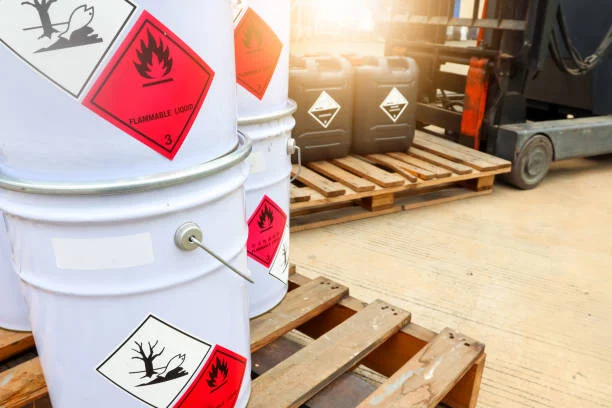
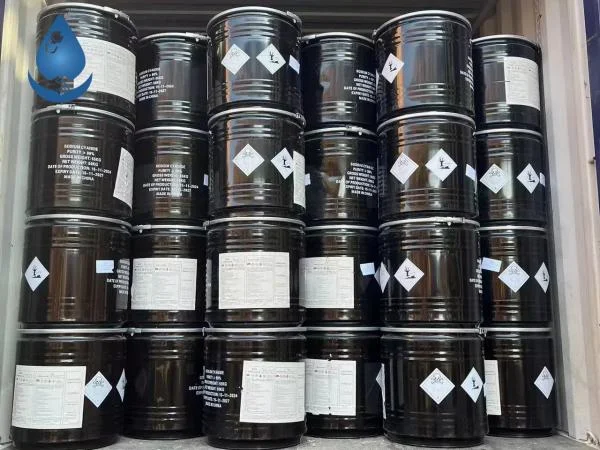
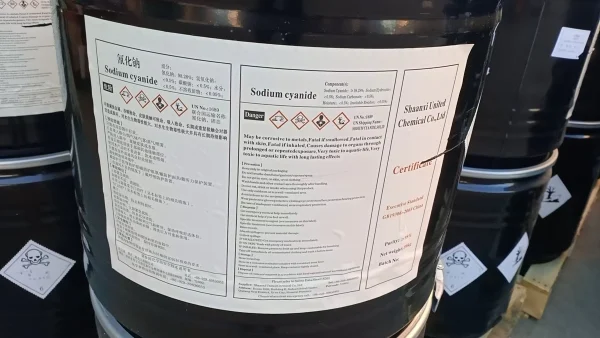
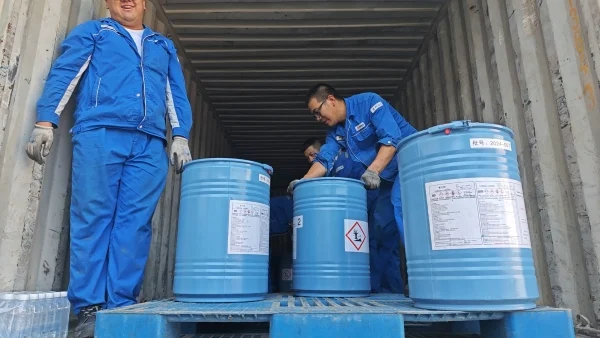
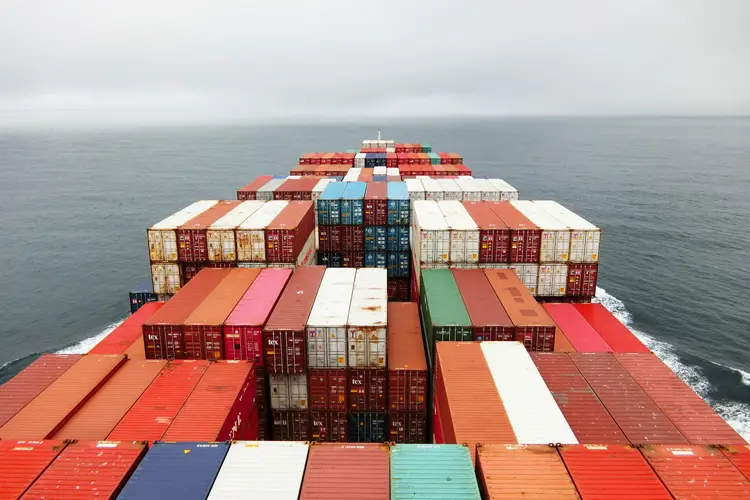
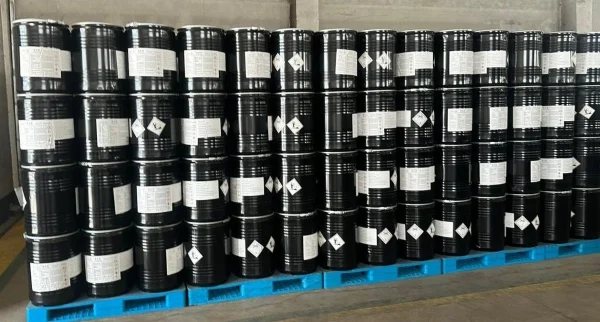
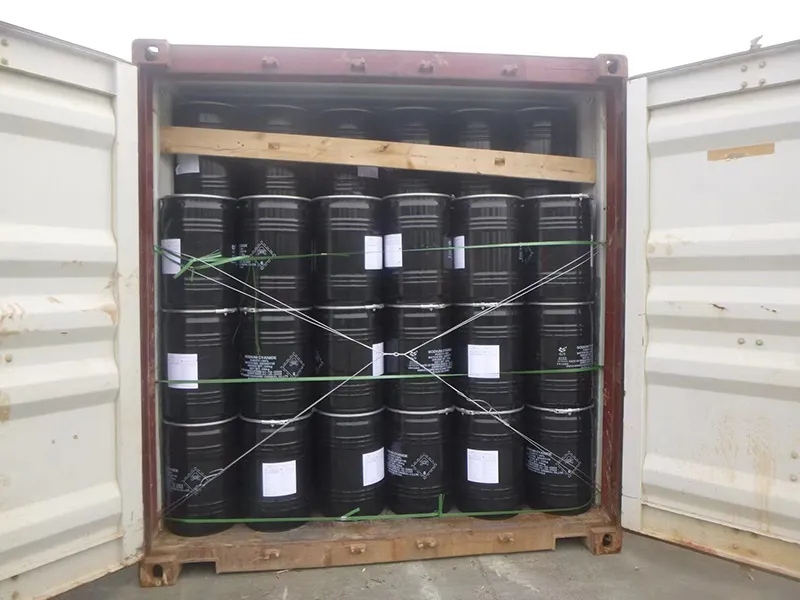


Online message consultation
Add comment: